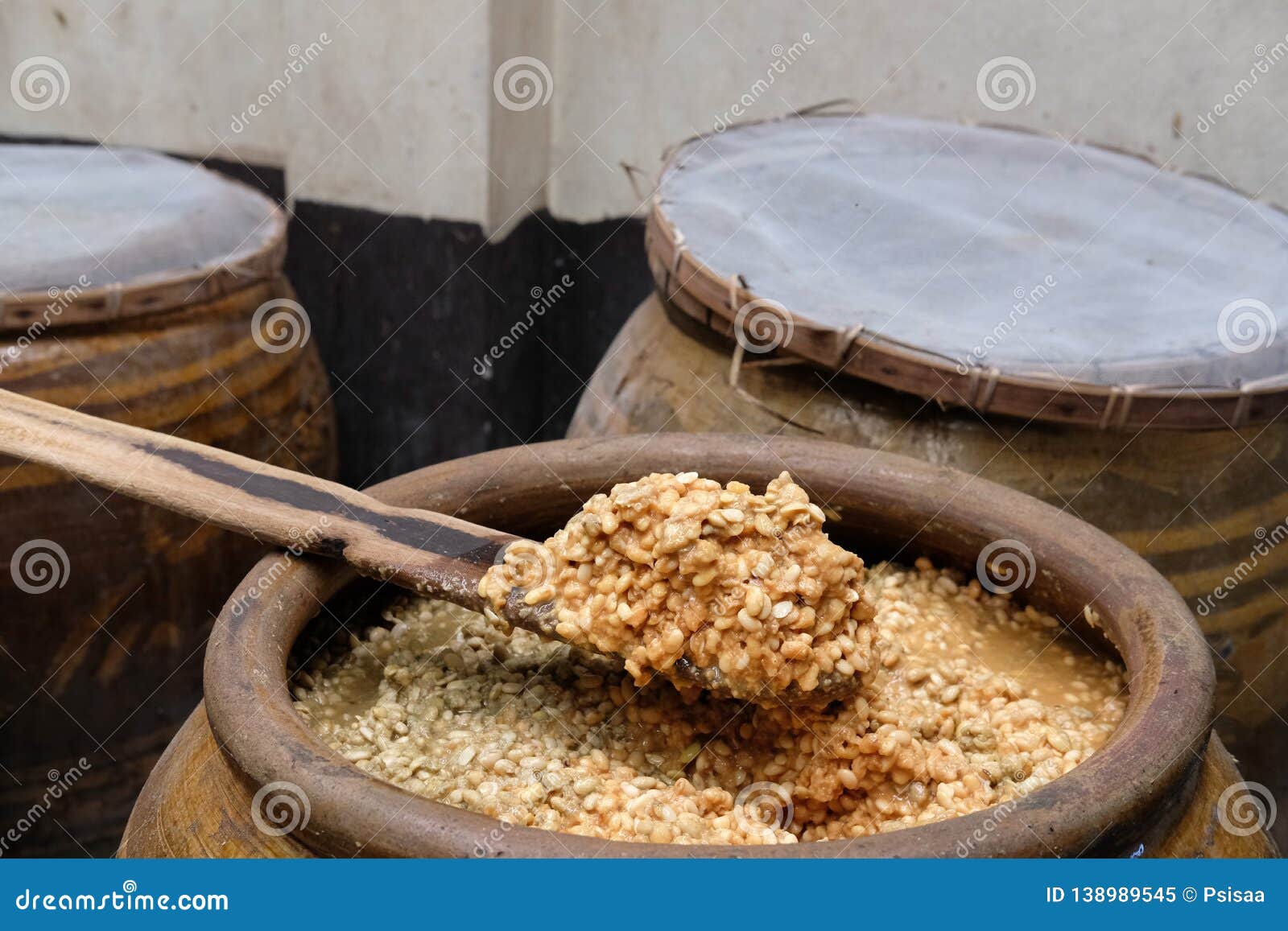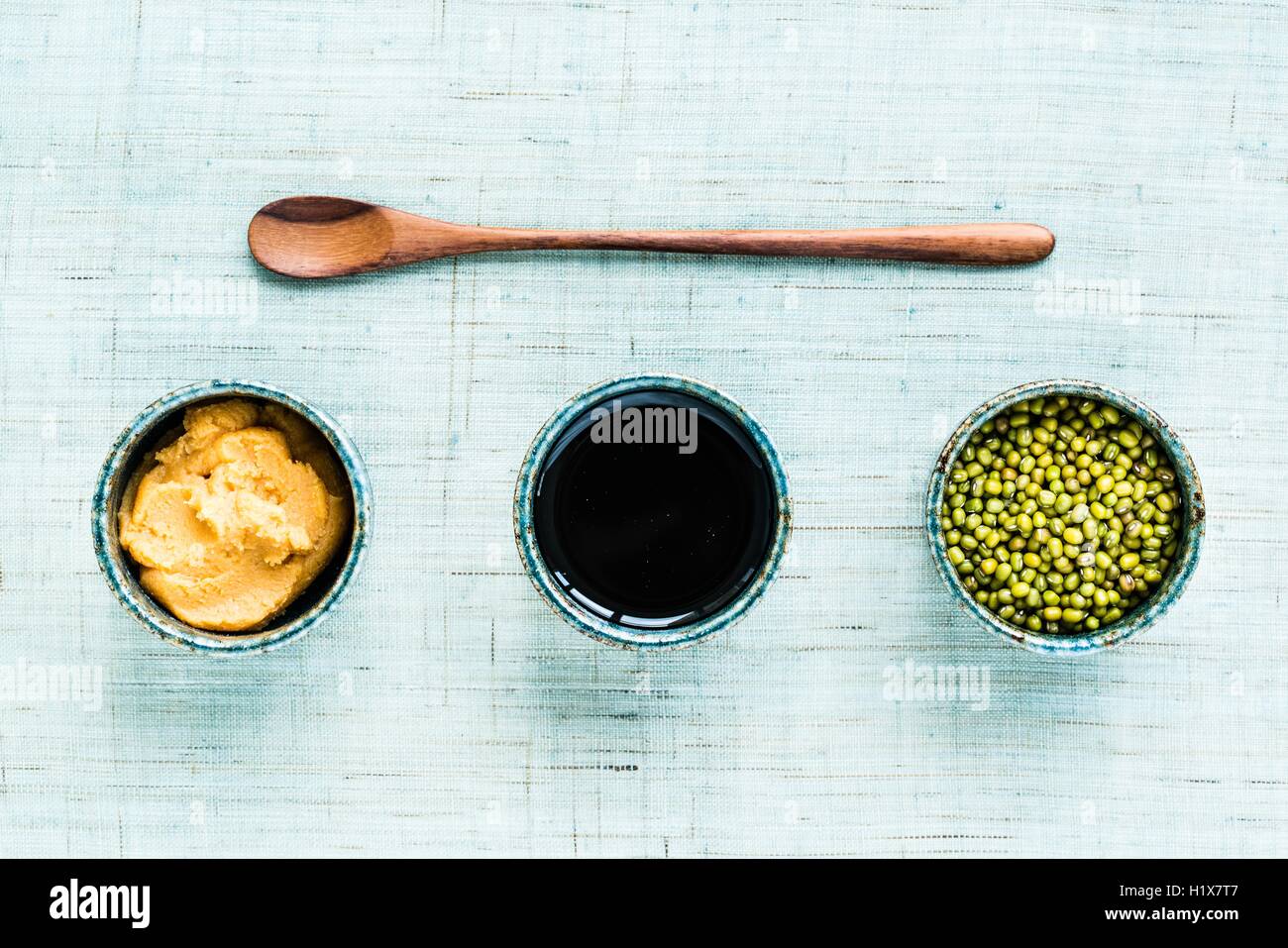
To compensate for this, you need to increase the amount of water/broth and vegetables when making the stew. Although it is not common to make the stew without it, you can still make it. Tofu contains lots of water and the vegetables also release water when cooking.

If you are not a tofu fan, you may omit it. Tofu is the protein component of the soup and it is delicious (my favorite part of the soup). Protein - Tofu is almost always used in doenjang jjigae whether it's vegan or not.Optional vegetables - Mushroom (I like to use enoki mushroom but button mushroom works great as well), hot pepper (such as jalapeno or serrano pepper), and daikon (Korean radish) are commonly found in the traditional stew.Common vegetables - Minced garlic, green onion, onion, and zucchini are popular ingredients to add to the stew.However, this recipe is meant to be an easy dump-and-go so I'm using water. Water/Broth - To create a deeper flavor, you can add dried mushroom and/or dried kelp to make your dashi.If you don't live near Asian stores, you can always order them online. But make sure to pick up Doenjang, not Ssamjang (Korean dipping sauce) or Gochujang (Korean red pepper paste). Doenjang (Korean fermented soybean paste) - You can find this ingredient at any Korean grocery store.However, doenjang itself packs enough umami flavor of its own and it can easily be made vegan. The most popular ones are made with beef, dried anchovies, or clam. These ingredients are added to the stew at the beginning to create a deeper flavor in the broth. Is Doenjang Jjigae Vegan?ĭoenjang itself is vegan but it is often made with beef or seafood. But the stew is meant to be eaten with a bowl of rice, not by itself. Although it is prepared with different types of vegetables and protein, it is a little salty. You can think of it as a thicker and saltier version of miso soup with lots more vegetables. It is packed with a deep earthy and salty umami flavor with a hint of funk. But if you are vegan, you can use doenjang in soup, vegetables, and sauce (such as Ssamjang) recipes. Often, doenjang is used in many meat dishes in Korea. The older doenjang tends to be drier and darker in color (due to oxidation) but it is perfectly safe to consume. Once opened, you should keep it in the refrigerator and it last about a year. It is a fermented soybean paste made entirely of soybean and salt.

What is doenjang?ĭoenjang 된장 is one of the traditional condiments in Korea. It is one of the popular comfort food that many Koreans enjoy in their daily lives.

What is Doenjang Jjigae 된장찌개?ĭoenjang Jjigae (된장찌개 pronounced Doen-Jang-Jji(or chi)-gae) is a Korean stew made with Doenjang (Korean fermented soybean paste) and various vegetables and protein. So I always knew doenjang jjigae (Korean soybean paste stew) could be made vegetarian/vegan.

My maternal grandfather's daily diet consisted of doenjang jjigae (made without meat or seafood), kimchi, and rice. When I first became a vegetarian, this dish is what I made to satisfy my Korean food craving. *The original post was published on July 10, 2019, and was updated on July 21, 2021* Vegan Doenjang Jjigae - Craving an umami-packed, authentic Korean flavor? This vegetarian/vegan version of Korean soybean paste stew will be sure to satisfy your craving!


 0 kommentar(er)
0 kommentar(er)
